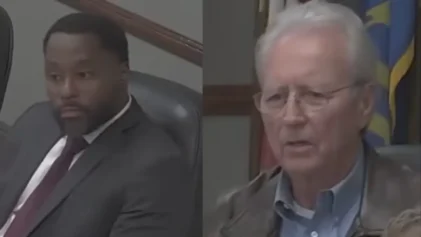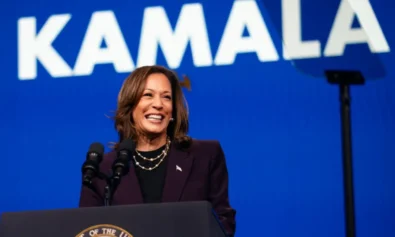A new Penn State study says that minority children are underrepresented in special education, and more students of color should be placed in such programs. The study is problematic, as it comes in light of evidence that teachers are biased against black students, and special education is used in a racially discriminatory manner for the purpose of segregating black students.
The study—which was conducted by Penn State education professor Paul Morgan and other researchers—claims that racial, ethnic and language minority children are under-identified as disabled by up to 60 percent. Therefore, the report argues, federal efforts at curbing the number of minority children in special education are misguided because prior studies on the subject have failed to consider factors that place such children at greater risk for a disability, and circumstances making it less likely that their families would avail themselves of special education programs.
“Minority children were consistently less likely than otherwise similar white, English-speaking children to be identified as disabled and so to receive special education services,” the report said. “From kindergarten entry to the end of middle school, racial- and ethnic-minority children were less likely to be identified as having (a) learning disabilities, (b) speech or language impairments, (c) intellectual disabilities, (d) health impairments, or (e) emotional disturbances. Language-minority children were less likely to be identified as having (a) learning disabilities or (b) speech or language impairments.”
The researchers examined data from 20,100 children who began kindergarten in 1998-1999 through study, and looked at factors that point to disabilities, such as mother’s age at the time of birth, teachers’ reports on behavior and disability condition.
According to the study, Black children are 77 percent less likely to be identified with health challenges, 63 percent less likely to be identified for language or speech impairments, and 58 percent less likely to be flagged for learning disabilities. Latino children, according to the report, are up to 73 percent less likely to be similarly identified when compared to their white peers.
“Untreated disabilities increase children’s risk for many adversities, including persistent academic and behavioral difficulties in school,” Morgan said. “As a matter of social justice, we should work to ensure that all children with disabilities, regardless of their race, ethnicity, or language use, receive the care they need.”
Despite the concern these researchers express for addressing the needs of children, they seem to ignore, or at least underplay, the role of racial discrimination in public education. Students of color who are directed towards special education do not receive the services they need, and many others who do not need the services are thrown in nonetheless.
According to 14 studies commissioned by the Civil Rights Project at Harvard University in 2001, Black students were three times as likely as whites to be labeled “mentally retarded” or “emotionally disturbed” and placed in special education, resulting in lower chances of receiving a quality education and a high school diploma. Even Black children from households with high incomes and high levels of education were steered into special education.
“To the extent that minority students are misclassified, segregated or inadequately served, special education can contribute to a denial of equality of opportunity, with devastating results in communities throughout the nation,” the Harvard report said.
Further, numerous studies have pointed to the problem of troubling disparities in the disciplining of Black children and their white classmates. For example, a study by Jennifer L. Eberhardt and Jason A. Okonofua found that the implicit bias that drives teachers to label Black children as troublemakers and suspend them is so profound that it’s equally common in Black as well as white teachers.
An experiment involving 57 diverse teachers found that students with traditionally Black names were more likely to be viewed as troublemakers than children with white names, even when they committed the same infraction. The research sounds the alarm on a system that employs racial stereotypes to label Black children as thugs and criminals early on, relegating them to a substandard education, setting them up for a school-to-prison pipeline, and rendering public school a prison preparatory holding pen.
A 2012 position paper by the Association of Black Psychologists said that the overrepresentation of Black children in special education is a civil rights violation and a major culprit in the school to prison pipeline, with low teacher expectations yielding low quality instruction, which in turn leads to low quality education.
“Special education programs often lack a pedagogy that challenges and develops students’ analytical and critical thinking skills. These children are often held to lower standards due to low teacher expectations,” the paper said. “In many ways, these children are conditioned to underachieve—to jump no higher than the glass ceilings of their classrooms. Their educational and social development is stifled as their access to general education curriculum is limited.”
No one can disagree that children should have access to early intervention services that will improve their chances for success in life, if they truly need those programs and would benefit from them. However, the report would seem to jump the gun, given the evidence of racial bias against children of color. Perhaps that problem should be solved first before we consider throwing more Black students in special education.
[playwirevid id=’3690731′]



